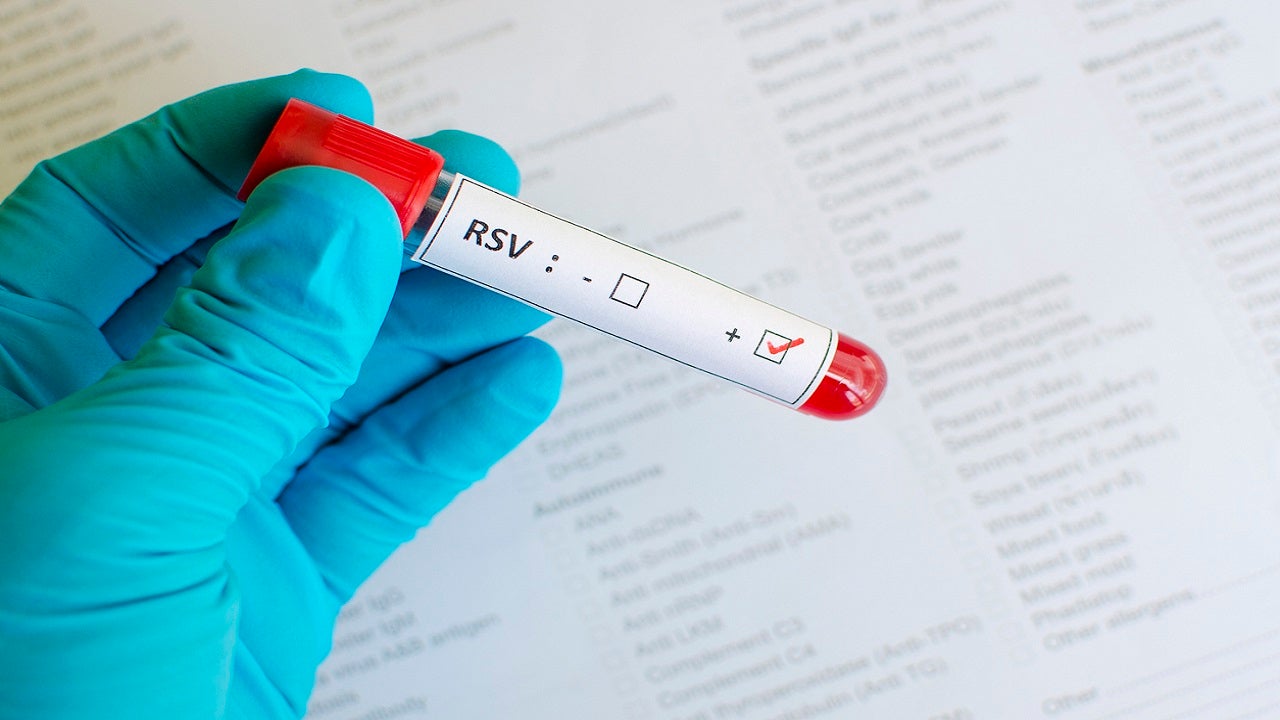An unusual summertime uptick in respiratory syncytial viral infections, or RSV, coinciding with increasing spread of the delta variant may create difficulty in differentiating between the two.
CLICK HERE TO FIND A COVID-19 VACCINE NEAR YOU
The respiratory viruses share several common symptoms, and reports of both RSV and COVID-19 cases are on the rise; RSV had an approximate 3% positivity rate in June before rising to 13% by mid-July, according to the latest federal figures, which may represent an undercount due to lags in reporting. Meanwhile, the U.S. just logged 103,455 new daily COVID-19 infections with a seven-day average of about 89,463 cases per day, translating to a 43% increase over the prior seven-day average, according to Dr. rochelle-walensky” target=”_blank”>Rochelle Walensky<

Most people do not have to be hospitalized for COVID-19 or Respiratory Syncytial Virus Infection, but the chances increase with age and underlying conditions
(iStock)
COVID-19 CASES IN CHILDREN SURGE 84% IN 1 WEEK, STUDY FINDS
Meanwhile, RSV is a common respiratory virus that typically causes mild, cold-like symptoms. According to the CDC, most children likely had an RSV infection by the age of 2. While most adults recover within one to two weeks, RSV can be dangerous for infants and the elderly.
For children younger than 1 year, RSV is the most common cause of bronchiolitis and pneumonia. Symptoms of RSV usually come in stages and can include, but are not limited to:
- Runny nose
- Decrease in appetite
- Coughing
- Sneezing
- Fever
- Wheezing
CLICK HERE TO GET THE FOX NEWS APP
Fox News’ Kayla Rivas contributed to this article
 Iktodaypk Latest international news, sport and comment
Iktodaypk Latest international news, sport and comment




